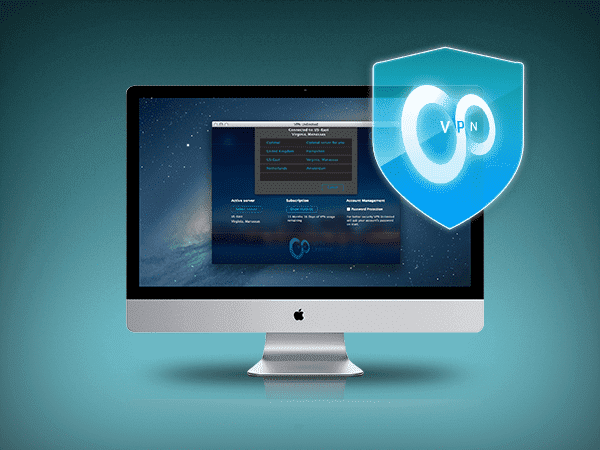Eliminate Online Danger Once and for All!
Updated on July 13, 2021: From now on, traffic filtering, malware protection, and suspicious DNS activity blocking are available as a part of the separate DNS Firewall app.

Nevertheless, we stay vulnerable to cybercriminal attacks that are highly infested in our daily lives. There is no chance that today anyone can go wireless without the slightest chance of being sniffed or hacked. The cyberspace is filled with dangers such as viruses, personal and financial data stealing, identity theft, hacking attacks, phishing, malware unauthorized installations, etc. At this point, understanding and estimating the existing risks calls for finding a proper protection to minimize the cybercriminal impact.
The precautionary measures, safety-conscious actions, online security – all of those work as solid protection.
How To Increase Your Online Safety?
Every online security risk requires: 1) identification; 2) assessment; 3) means of protection. If a user faces to find ways to increase the online safety, then a simple analysis should be made. Also, it is essential to learn the terminology that stands behind certain cybercriminal activities.
- Hackers. Who Are They? What Do They Do?
- Malicious Code. What is that?
- Vulnerability. What Is It? How to Protect it?
1. Hackers. Who Are They? What Do They
Today, majority of users are aware of the fact who a ‘hacker’ is, an intruder, a criminal, a cyber-attacker, etc. They look for weaknesses like stealing crucial data and have a set of malicious acts. Aside from being motivated with curiosity, hackers always do a pretty thick payroll.
2. Malicious Code. What is that?
The so-called malicious code is also known as ‘malware’. While the term ‘malicious code’ implies the broad category, a user should always remember that it is any code that is designed to perform an attack on the computer system. But there are several common characteristics to keep in mind:
a) First, there should be an action executing. Second, computer gets infected. Third, attack is performed. (A perfect example includes anonymous emails that insist on opening an attachment.)
b) Finding flashy pop-up windows without prior actions or interventions. (Following phishy emails that promise to make you rich and successful, and opening an attachment or an infected malicious link.)
c) Malicious code tells that an “important” action is performed while your computer gets infected behind the scenes. (Usually, it can be an app that will promise to speed up your computer work. But all it does is sending your vital personal and financial data directly to hacker.)
3. Vulnerability. What Is It? How to Protect it?
Vulnerability is unavoidable. They include programming errors in the computer applications and software we use every single day. Hackers are smart enough to learn these commonly used programs in order to find their most sensitive vulnerabilities to perform an attack. To prevent the vulnerability exploitation, a user should do regular software and application updates.
As a result, staying protected at all times is essential for any Internet user. At the same time, being aware of the safety measures is crucial, and the best of all protections especially when it comes to wireless use is, of course, VPN.